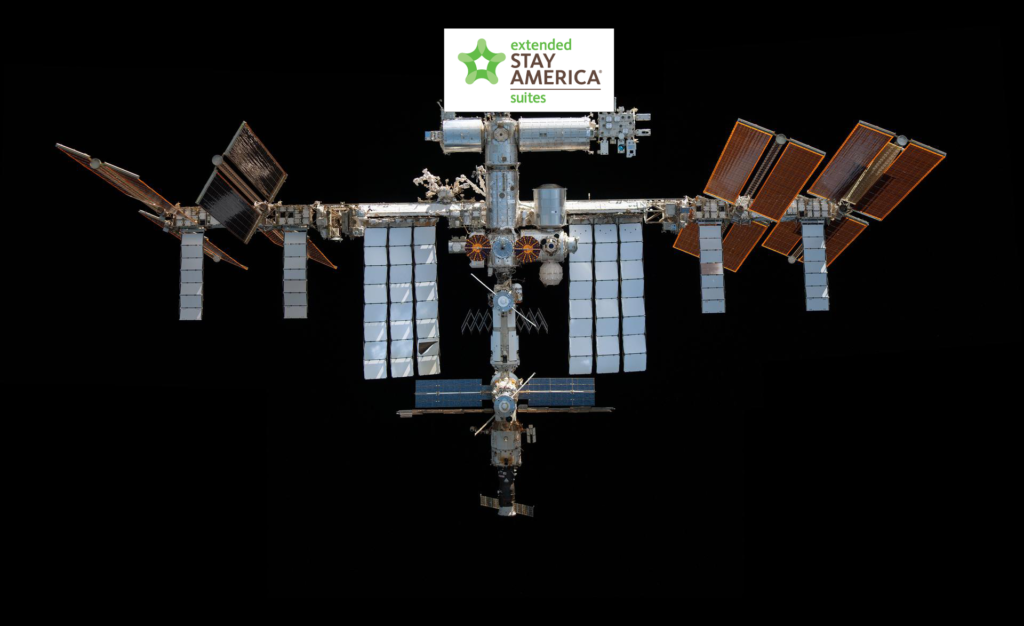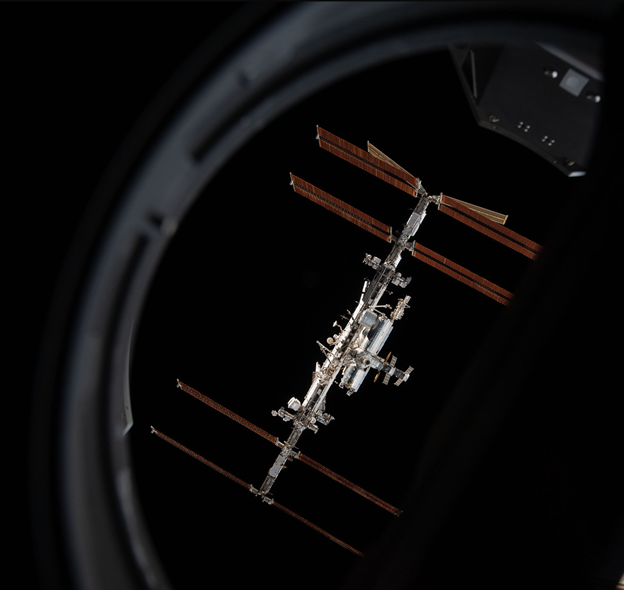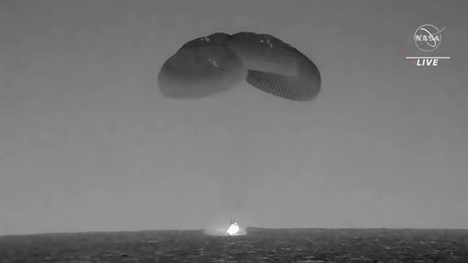
NASA SpaceX Crew-8 mission astronauts returned astronauts to Earth after an extraordinarily long seven-month expedition on the International Space Station (ISS). They was to be up there for 6 months. Some astronauts remain on the ISS, including Sunita (Suni) Williams, who has already been in space for well over a year (466 days on the day of this writing). Her return trip is scheduled for February 2025.
Their return was delayed primarily due to issues with Boeing’s Starliner spacecraft. In all fairness, the weather may have played some part, but this is a site about technology, not weather.
Problems with Starliner’s failure to launch caused NASA to lose faith in Boeing and the U.S. space agency called on SpaceX for a lifeboat, adding to Boeing’s mounting and continuing woes (more on that later).
SpaceX to the Rescue

Boeing’s Starliner, originally picked to support crew transportation as an alternative to SpaceX’s Crew Dragon Endeavor, encountered multiple issues, including thruster malfunctions and delays in uncrewed and crewed test flights. After these setbacks, NASA has designated Crew Dragon Endeavour as the primary return vehicle for the ISS.
Crew Dragon Endeavour was able to bring the astronauts back to Earth safely, with a splashdown near Pensacola, Florida. It was yet another success for SpaceX.Saved by SpaceX were all of the NASA SpaceX Crew-8 mission listed below.
Breaking: One of the astronauts returning last Friday has been hospitalized. Their name and condition are not known at the time of this writing.

Ready to kiss the deck of the rescue ship were:
- Matthew Dominick (NASA), a mission specialist focused on supporting scientific experiments and overseeing technical operations aboard the ISS.
- Michael Barratt (NASA), a veteran astronaut and physician, Barratt contributed his expertise in medical and life sciences research conducted in microgravity.
- Jeanette Epps (NASA) – Known for her background in aerospace engineering, Epps played a key role in implementing ISS National Lab experiments and technology tests.
- Alexander Grebenkin (Roscosmos) – Representing Russia’s space agency, Grebenkin assisted with international collaboration efforts and conducted research on behalf of Roscosmos.
The Mission
The mission was to conduct diverse research aimed at advancing science and technology in low Earth orbit (LEO). During their time on the ISS, the crew supported a wide range of experiments funded by the ISS National Laboratory, with applications spanning medical research, biotechnology, and agricultural science.
The crew worked on groundbreaking studies in in-space production and biomanufacturing, including a project by Cedars-Sinai to develop methods for growing stem cells in microgravity. The goal is to eventually enable large-scale biomanufacturing for treatments addressing heart disease, neurodegenerative conditions, and other diseases.
Another study, led by Redwire and Eli Lilly, explored the crystallization of organic molecules in space, which could lead to more effective pharmaceuticals.
Cancer Detection Technology: Another significant project involved the University of Notre Dame‘s development of ultra-sensitive biosensors capable of detecting early cancer biomarkers. The biosensors were tested in microgravity to refine their sensitivity, potentially improving early cancer diagnostics.
The mission also tested Sphere Entertainment’s Big Sky camera for high-resolution imaging in microgravity and conducted agricultural research on the growth of Arabidopsis plants in varied orbital altitudes to inform crop production strategies for space missions.
Losing Interest
NASA no longer sends its rockets to the International Space Station. The U.S. government agency, once the pride of the American engineering community, has shifted towards partnerships with private enterprises.
It started in 2011 when NASA retired the Space Shuttle program, the primary means of ferrying astronauts and cargo to the ISS. To maintain access to the station, NASA established the Commercial Crew Program (CCP), contracting private companies like SpaceX and Boeing to develop and operate rockets for ISS missions. This partnership was ostensibly to enable NASA to focus its resources on deep space exploration while relying on private enterprise for low-Earth orbit missions.
However, abandoning the ISS and LOE in general is more due to NASA’s budget, which has withered to just 0.5% of the national budget, a far cry from the 4.5% of its heyday. Granted, NASA’s budget may have grown with recent appropriations, reaching $25 billion, but its percentage of the total U.S. budget is still much smaller than in the 1960s with the Apollo program. That was NASA at its proudest. It may have been driven in large part by Cold War pressures and the race to land a man on the Moon, but it marks the pinnacle of engineering. However, with the race to the Moon over and the Cold War won, public interest in space exploration decreased. NASA’s budget decreased, stabilizing at around 1% by the 1970s and dropping further over subsequent decades.
NASA claims contracting private companies has saved billions of dollars. But at what cost for NASA in terms of image?
Boeing in a Tailspin
The Starliner spacecraft, part of Boeing’s initiative to support crew transportation as an alternative to SpaceX’s Crew Dragon, encountered multiple issues, including thruster malfunctions and delays in uncrewed and crewed test flights. These setbacks meant that Starliner was unavailable to bring the Crew-8 astronauts home, leaving SpaceX’s Crew Dragon Endeavour as the primary return vehicle. Additionally, poor weather conditions around splashdown zones in Florida further postponed the Crew-8 return, with hurricanes and storms in the area making safe reentry challenging.
Ultimately, Crew Dragon Endeavour brought the astronauts back to Earth safely, with a splashdown near Pensacola, Florida. This marked yet another successful recovery for SpaceX, underscoring its reliability amid challenges with the Starliner program.
SpaceX was quick to take advantage. While SpaceX was initially conceived to go to Mars, the company seized on the opportunities in low Earth orbit. Its Starlink satellite system is the biggest in the world. NASA is the biggest private company’s customer.
Boeing has experienced several notable setbacks in recent years:
737 MAX Crisis (2018-2020): Boeing’s 737 MAX aircraft were grounded worldwide after two fatal crashes attributed to issues with the Maneuvering Characteristics Augmentation System (MCAS), resulting in 346 deaths. This crisis led to lawsuits, regulatory investigations, and significant financial losses for Boeing.
787 Dreamliner Production Halt (2021): Production of the Boeing 787 Dreamliner was temporarily halted due to quality control issues, including problems with the aircraft’s fuselage. This interruption impacted delivery schedules and Boeing’s financial outlook, adding to the company’s list of costly challenges.
A machinist strike, which halted production on some of Boeing’s best-selling aircraft, is one of the most pressing issues, reportedly costing the company close to $1 billion monthly. With its reputation impacted by delays and a history of safety concerns, Boeing’s financial outlook remains cautious, and credit rating agencies have hinted at potential downgrades, which could increase future borrowing costs. The company’s recent measures reflect its attempt to stabilize financially while addressing production and labor challenges that have impacted delivery schedules and operational plans this year.
Recently, Boeing has faced significant financial and operational challenges, leading it to secure a substantial $10 billion emergency credit line from a consortium of major U.S. banks. This funding was due to the factors listed above and delays with key projects like the 777X airliner. Additionally, Boeing indicated it may need to raise as much as $25 billion through stock or debt offerings to maintain liquidity as it tackles these setbacks.
The International Space Station
The ISS National Laboratory is a unique public research facility aboard the International Space Station that offers scientists and organizations a chance to conduct experiments and develop technologies that aren’t possible on Earth. By harnessing the microgravity environment, the lab supports research aimed at enhancing life on Earth, cultivating viable business models for space-based industries, and building science skills in upcoming generations. Managed by the nonprofit Center for the Advancement of Science in Space (CASIS) under a NASA agreement, the ISS National Lab is open to U.S. government agencies, universities, and private companies for projects across fields like life sciences, materials, and technology. Through this platform, the lab fosters a sustainable, expanding market in low Earth orbit and opens new possibilities for innovation from space to Earth.
Find out more about the ISS here.

